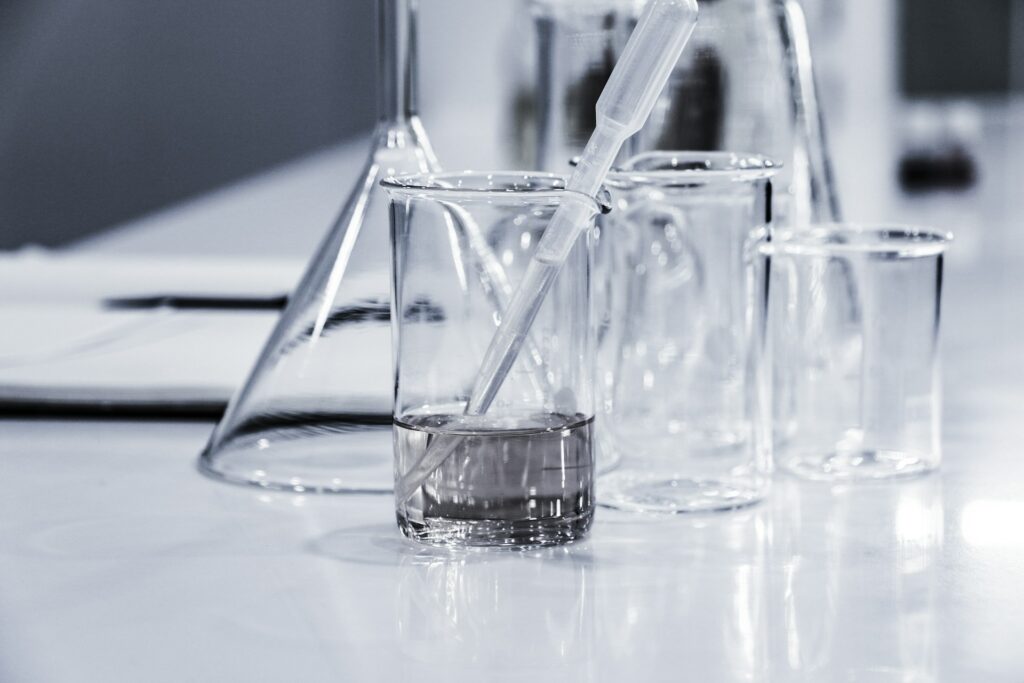The Hidden Threat: Recreational Drug contamination and Illicit Manufacturing By-products
By Finlay Gilkinson – 09/04/2025
In an era where pharmaceutical and recreational drug use continues to climb, a silent and under-discussed threat is infiltrating one of humanity’s most vital resources: water. As wastewater treatment plants struggle to keep up with modern contaminants, trace levels of recreational drugs and by-products from illegal drug manufacturing are increasingly being detected in rivers, lakes, and even tap water. This isn’t science fiction—it’s a developing crisis that demands immediate attention.

A Growing Contaminant Load
Municipal wastewater systems were never designed to filter out complex psychoactive substances like:
These compounds are biologically active even in minuscule quantities and can:
The Dark Side of Drug Labs
Illegal drug manufacturing contributes even more dangerous pollutants:
Clean-up efforts are expensive, dangerous, and complicated by the clandestine nature of these labs.
Emerging Health Risks
Although concentrations in drinking water remain low, chronic exposure raises concerns:
The Systemic Problem
We’re facing a systemic failure in multiple domains:
A Call for Innovation and Accountability
To address this issue, we must:
Simultaneously, we must tackle root causes:
Conclusion
Water is the lifeblood of civilization. Contamination from recreational drugs and their manufacturing waste is more than an environmental issue—it’s a civilizational red flag. If we don’t act now, we risk introducing a pharmacological fog into the very substance that sustains us.
Protecting our water is no longer just about pathogens and pesticides. It’s about confronting the invisible and taking responsibility for the modern contaminants we’ve unleashed.
Ready to find the perfect job?
Our team of experts work with an extensive network of employers. Submit your CV to ensure you’re a part of our network of talented candidates and we’ll make you aware of opportunities before they are even posted.
